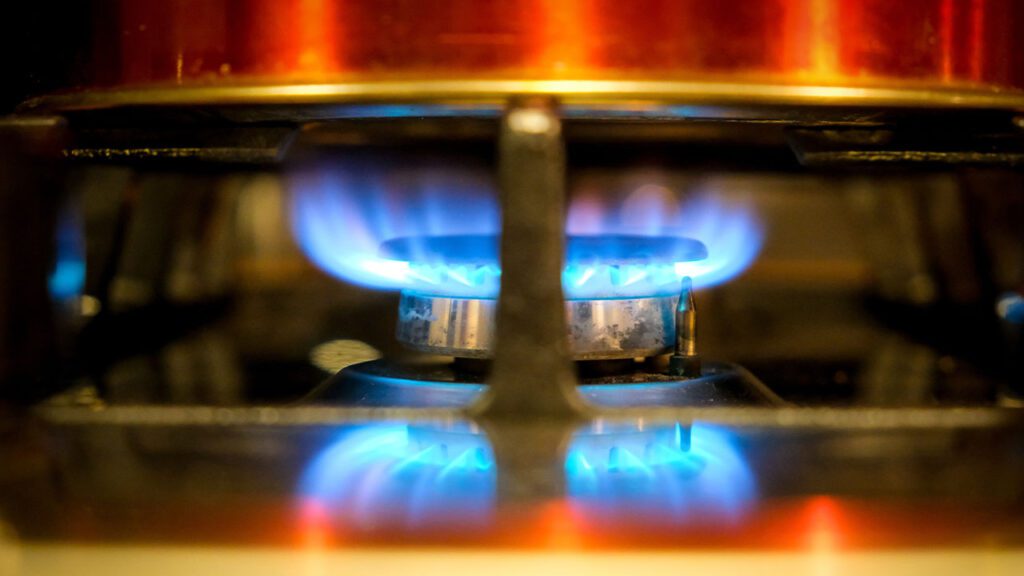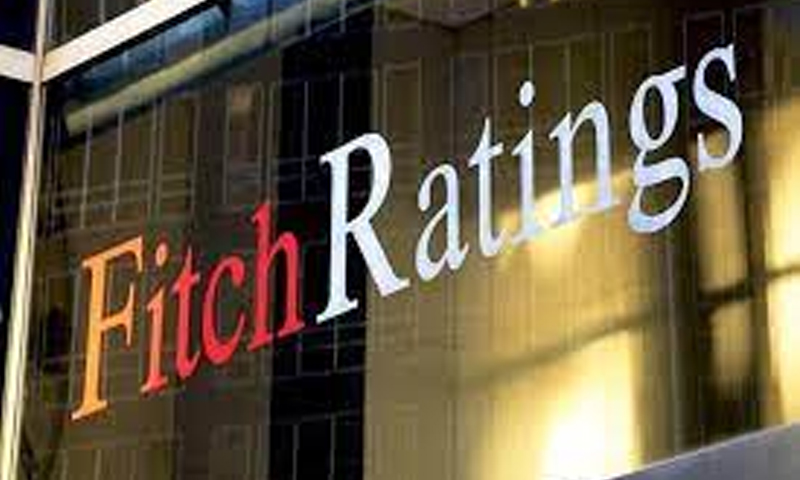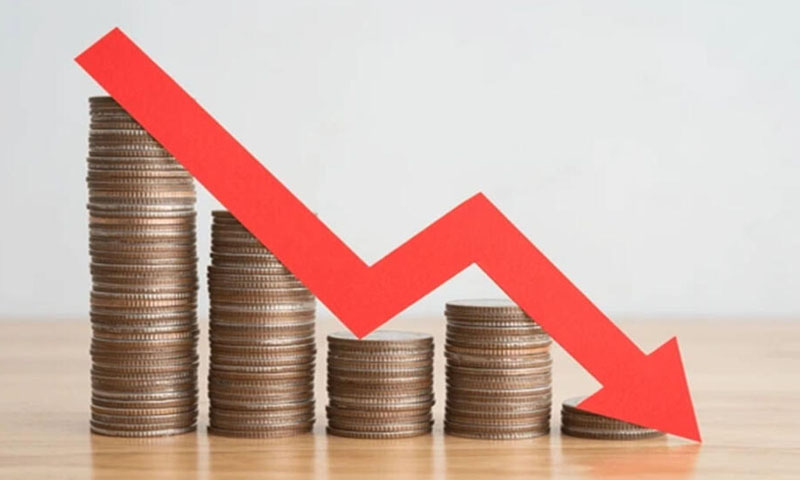- Web Desk
- Today
Gas sector debt surpasses Rs2,000 billion, winter supply squeeze looms
-

- Web Desk
- Oct 27, 2023

WEB DESK: In a recent statement, Caretaker Energy Minister Muhammad Ali addressed the pressing issue of circular debt in Pakistan’s gas sector, which currently stands at a staggering Rs2,100 billion.
The minister said that the recent surge in gas prices would play a pivotal role in tackling this mounting debt. However, he also painted a grim picture for the upcoming winter, revealing that gas supply duration would be restricted to just eight hours a day.
During a media briefing, Mr Ali disclosed that the overall circular debt for the entire energy sector, excluding interest payments, amounted to Rs4,500 billion. This total included Rs2,300 billion in the electricity sector.
He assured that there wouldn’t be a resurgence of circular debt in the gas sector following the recent increase in gas prices. The government is actively working to prevent further accumulation of circular debt in the power sector, aligning with its commitment to the International Monetary Fund.
Regarding the gas price hike, Mr Ali clarified that there were no changes in prices during the first half of the previous fiscal year (July to December 2022).
Although prices did increase in the second half (January to June), these adjustments didn’t cover the required re-gasification of liquefied natural gas (RLNG) diverted to domestic consumers during the winter.
Anticipating a gas shortfall, the minister indicated a limited supply duration of eight hours daily, despite the price hikes. He advised consumers to transition to liquefied petroleum gas (LPG) and informed them that piped gas supply would be available at morning, afternoon, and evening intervals.
Additionally, the ban on new gas connections would persist due to the lack of surplus gas for new consumers.
To address the winter gas crisis, the government had arranged two liquefied natural gas (LNG) cargoes for December and planned to book two more for January.
Read more: Experts believe Pakistani rupee’s current strength unlikely to last
Mr Ali highlighted that the gas sector was facing a critical situation, with exploration and production companies leaving the country due to financial risks. Fiscal constraints at the federal level were hampering exploration activities and gas imports, exacerbating the problem.
Highlighting the limited reach of piped gas, Mr Ali pointed out that it only served 30 per cent of the nation’s households. The majority in urban areas relied on LPG, while rural areas used biomass, wood, and cow dung.
He noted that 57 per cent of domestic gas connections fell into the protected category, where gas prices could not be increased. Despite this, he stressed that the country couldn’t afford to supply gas at throwaway prices.
Addressing concerns about fixed gas charges, the minister clarified that while these charges had increased from Rs10 to Rs400, the maximum bill for protected consumers would be Rs1,300 per month. He also mentioned that gas prices for tandoors had not increased, considering roti (bread) as a necessity.
Furthermore, Mr Ali highlighted the rationalised industry tariffs between the north and south regions of the country. He revealed that gas for industries in Punjab was charged at the full RLNG cost of around $12.5 per million British thermal units (mmBtu), while industries in Sindh paid almost one-third of that amount.




